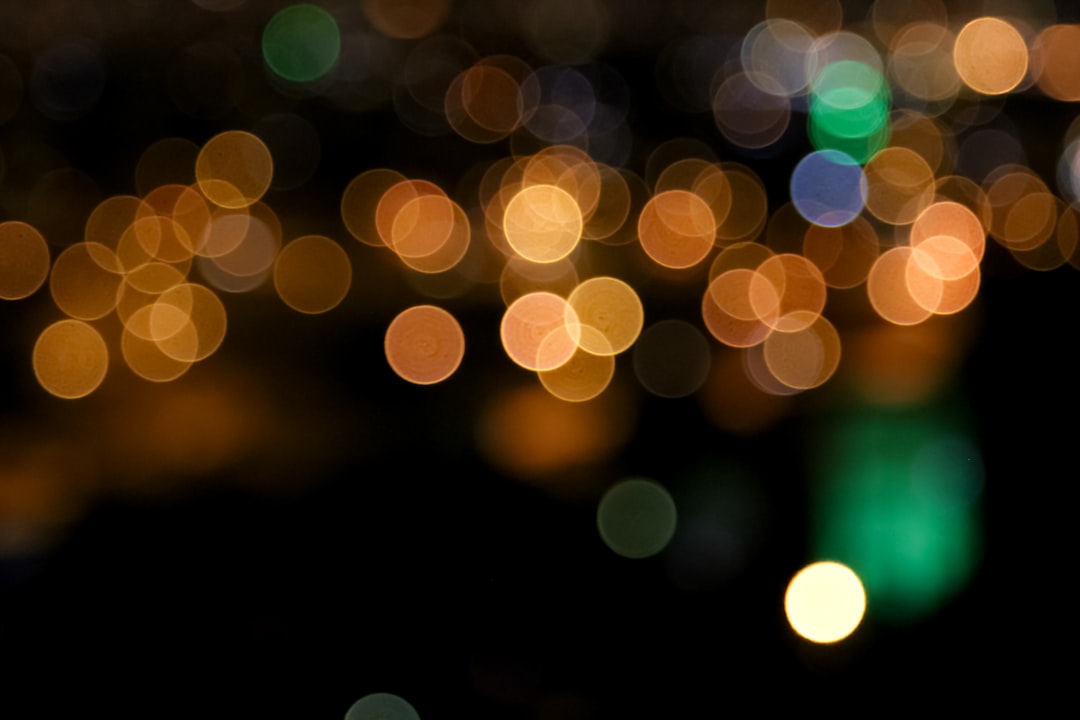What is it about?
We investigated the body size composition of amplectant pairs of stream breeding rhacophorid frog in Japan. This frog adopts a size-assortative mating: a significant positive correlation between male and female body sizes in amplectant pairs. Several experiments were conducted to clarify the adaptive significance of this frog's size-assortative mating.
Featured Image

Photo by George White on Unsplash
Why is it important?
The results of this study suggested that stream breeding rhacophorid frog adopts a size-assortative mating to balance both fertilisation rate and swimming ability, thereby increasing reproductive success. Clarifying mate choice and its adaptive significance with respect to body size would provide important insights into the direction of sexual selection and the evolution of body size in this frog species.
Perspectives
Studies on mate choice in frogs are being conducted in diverse taxa around the world, and we hope to see further development in this area in the future. This study quantified the exercise performance of frog amplectant pairs, which has not been done before. We hope that our findings will be useful for future research.
Keigo Takahashi
Read the Original
This page is a summary of: Size-assortative mating of Buergeria buergeri (Anura: Rhacophoridae): breeding strategies for balancing fertilisation rate and swimming ability, Amphibia-Reptilia, November 2023, Brill,
DOI: 10.1163/15685381-bja10159.
You can read the full text:
Resources
Contributors
The following have contributed to this page










